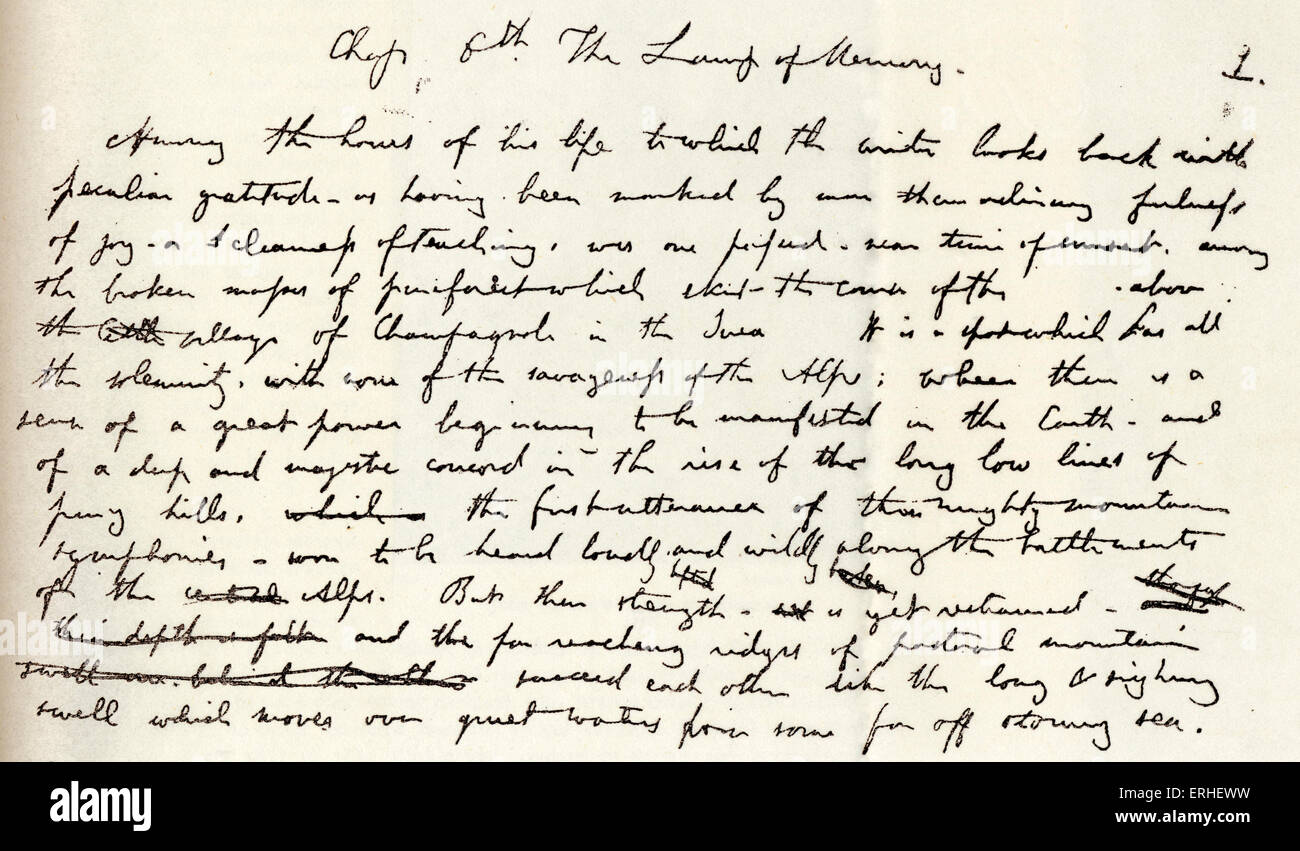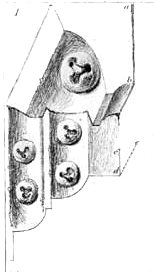


After a period of relative decline, his reputation has steadily improved since the 1960s with the publication of numerous academic studies of his work. Ruskin was hugely influential in the latter half of the 19th century and up to the First World War. In all of his writing, he emphasised the connections between nature, art and society.

The elaborate style that characterised his earliest writing on art gave way in time to plainer language designed to communicate his ideas more effectively. He also made detailed sketches and paintings of rocks, plants, birds, landscapes, architectural structures and ornamentation. He wrote essays and treatises, poetry and lectures, travel guides and manuals, letters and even a fairy tale. Ruskin's writing styles and literary forms were equally varied. Ruskin was heavily engaged by the work of Viollet le Duc which he taught to all his pupils including William Morris, notably Viollet le Duc's Dictionary which he considered as " the only book of any value on architecture". He wrote on subjects as varied as geology, architecture, myth, ornithology, literature, education, botany and political economy. John Ruskin (8 February 1819 – 20 January 1900) was an English writer, philosopher, art critic and polymath of the Victorian era.


 0 kommentar(er)
0 kommentar(er)
